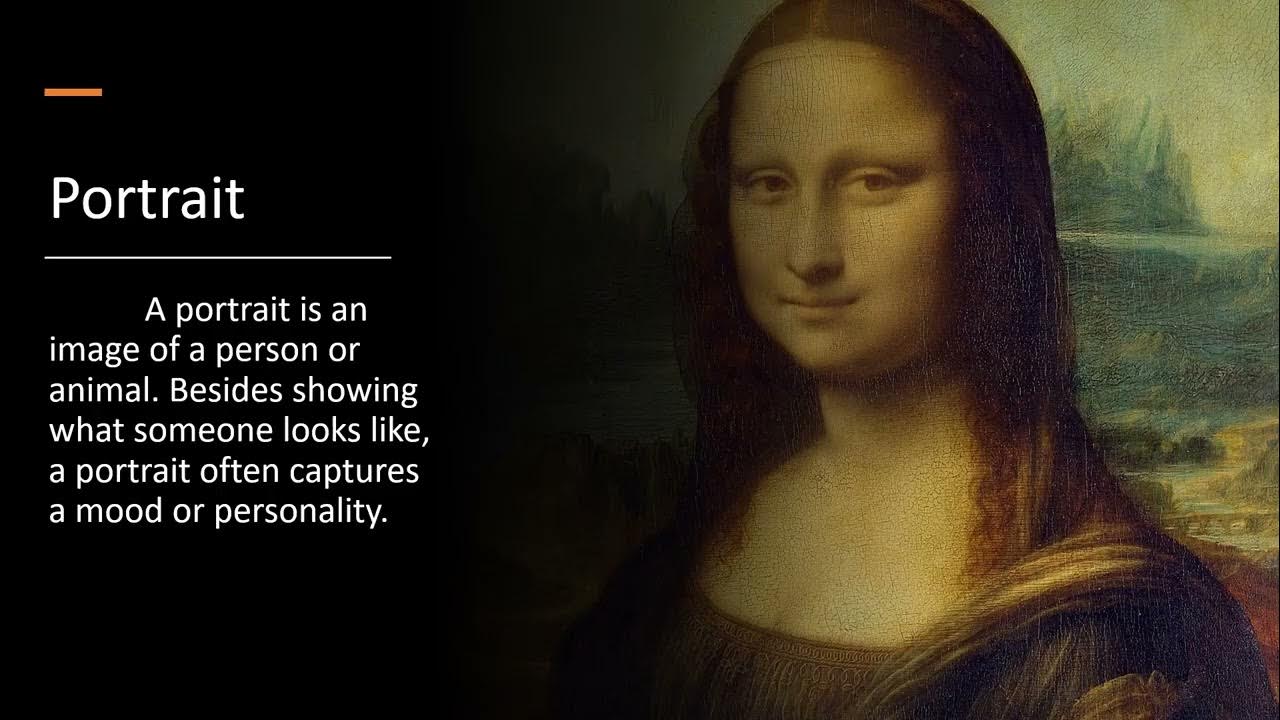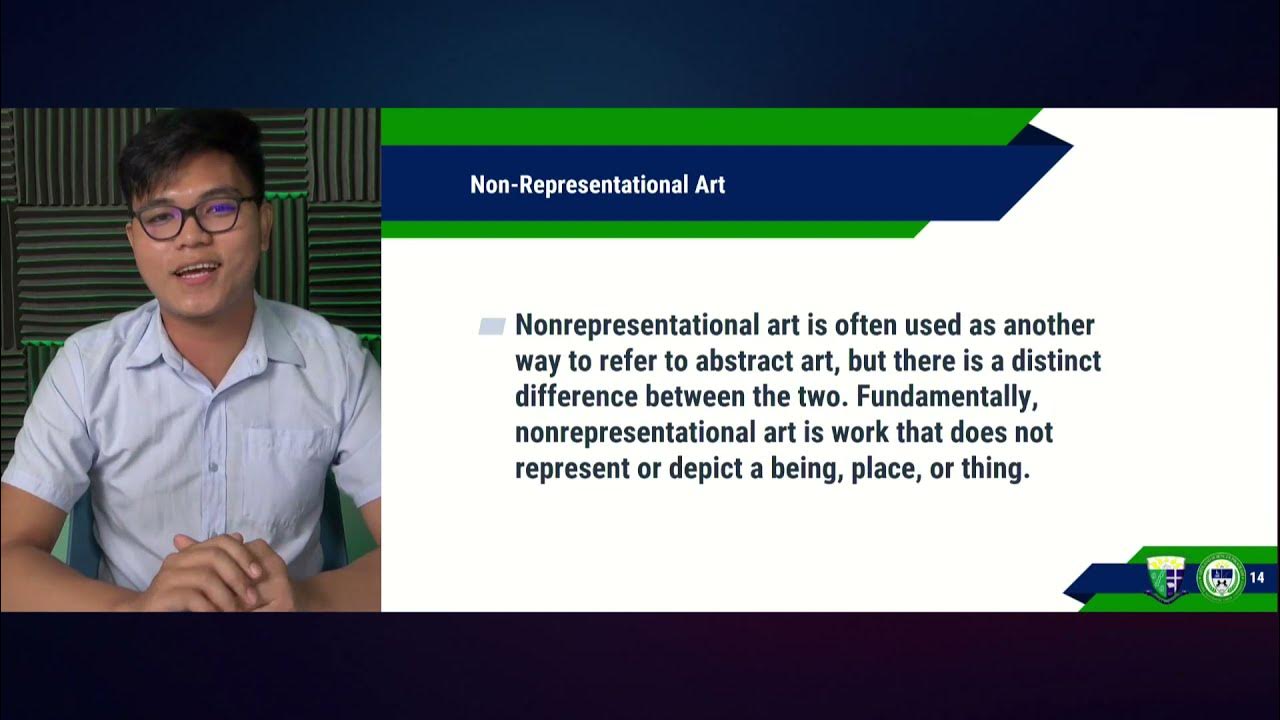The Subject of Art (Art Appreciation)
Summary
TLDRThis lesson explores the different subjects and types of art, highlighting the relationship between form and content. It covers representational, abstract, and non-representational art, discussing how each is connected to reality. The sources of art, such as nature and history, are examined, along with different subject matters like landscapes, portraits, and still life. The lesson emphasizes how content in art carries factual, conventional, and subjective meanings, illustrating how art forms are essential in conveying these messages to the viewer.
Takeaways
- 🎨 Art can be categorized into three types: representational, abstract, and non-representational.
- 🖼️ Representational art is based on real objects in reality, with subcategories like realism, impressionism, idealism, and stylization.
- 🌳 Abstract art represents real subjects but transforms them in a way that alters their appearance or meaning.
- 🌀 Non-representational art has no reference to reality and exists purely for aesthetic purposes.
- 📚 Sources of art include nature, history, literature, and other forms of media and technology.
- 🌄 Landscape art focuses on natural scenery, with elements of abstraction often influencing how the artist portrays the environment.
- 👤 Portrait art depicts individuals, with self-portraits being examples created by the artist themselves.
- 📖 Content in art refers to the meaning of the work, which is inseparable from its form.
- 💡 There are three levels of meaning in art content: factual (literal), conventional (cultural symbols), and subjective (personal interpretation).
- 🎨 The elements of form, such as composition and technique, are crucial to making the content of an artwork meaningful.
Q & A
What is the relationship between form and content in art?
-Form and content are inseparable in art; they are the structures and the substance of the artwork, respectively. The form gives shape to the content, and the content gives meaning to the form.
What are the three types of art according to Mark Fussell?
-The three types of art according to Mark Fussell are representational, abstract, and non-representational.
What is representational art and what are its subcategories?
-Representational art is art that depicts an actual object in reality. Its subcategories include realism, impressionism, idealism, and stylization.
How is abstract art different from representational art?
-Abstract art takes the subject from reality but represents it in a transformed way, where elements are manipulated to convey a different perception than what is being represented.
What is non-representational art, and how does it differ from abstract art?
-Non-representational art is created without any reference to reality. It differs from abstract art in that abstract art starts with reality but distorts it, while non-representational art does not start with reality at all.
What are the sources of subjects in art?
-The sources of subjects in art can include the artist's work, autobiographies, films, artifacts, photographs, natural history, and literature.
Why is the artist's work considered a primary source of art?
-The artist's work is considered a primary source of art because it is original and informative, often obligating the perceiver to think critically about the artwork.
How does nature serve as a source of art?
-Nature serves as a source of art by providing materials for construction and inspiring themes and subjects in artwork, reflecting the artist's effort to develop and perfect creations.
What are the different kinds of subject matter in art?
-Different kinds of subject matter in art include landscape, portrait, still life, historical, figurative, and social political themes.
What does the term 'content' in art refer to?
-The term 'content' in art refers to the meaning of the work, including its subject matter and the ideas or themes it conveys.
What are the three levels of meaning in the content of art?
-The three levels of meaning in the content of art are factual, conventional, and subjective. Factual meaning is literal, conventional meaning is symbolic, and subjective meaning is the artist's personal interpretation.
Outlines

This section is available to paid users only. Please upgrade to access this part.
Upgrade NowMindmap

This section is available to paid users only. Please upgrade to access this part.
Upgrade NowKeywords

This section is available to paid users only. Please upgrade to access this part.
Upgrade NowHighlights

This section is available to paid users only. Please upgrade to access this part.
Upgrade NowTranscripts

This section is available to paid users only. Please upgrade to access this part.
Upgrade Now5.0 / 5 (0 votes)





